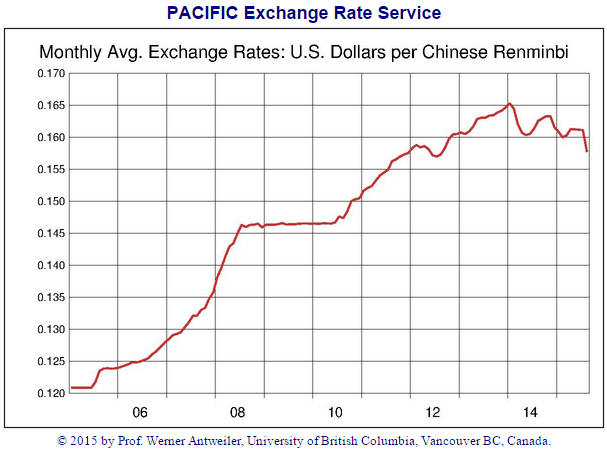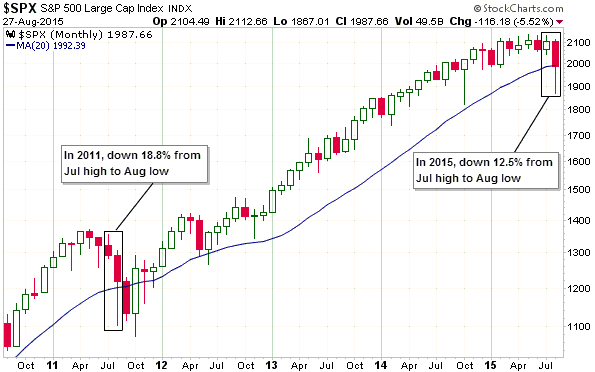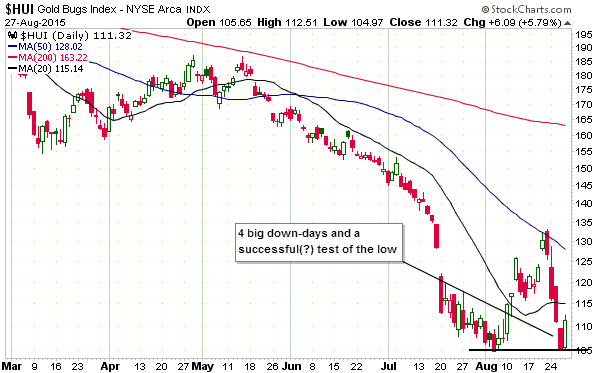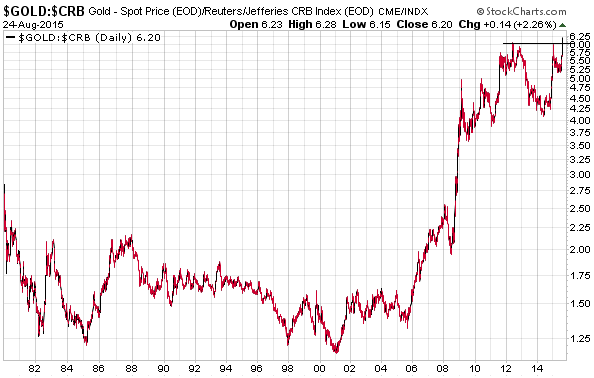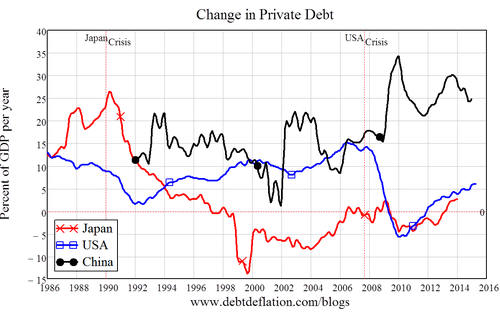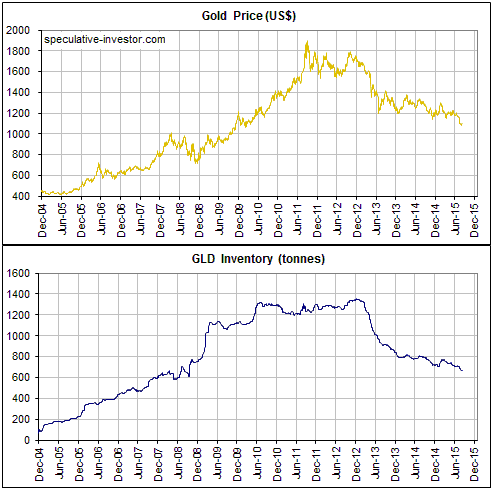This post was inspired by an exchange between Martin Armstrong of Armstrong Economics and one of his readers. In an earlier blog entry Mr. Armstrong wrote: “The wealth of a nation is the total productivity of its people. If I have gold and want you to fix my house, I give you the gold for your labor. Thus, your wealth is your labor, and the gold is merely a medium of exchange. So it does not matter whatever the medium of exchange might be.” One of his readers took exception to this comment and argued that money should be tangible and ideally should be gold or silver.
Mr. Armstrong’s reply is worth reading in full. After giving us an abbreviated history of money through the ages, he sums up as follows:
“Paper money is the medium of exchange between two people where one offers a service or something they manufactured, which is no different than a gold or silver coin requiring CONFIDENCE and an agreed value at that moment of exchange. You can no more eat paper money to survive than you can gold or silver. All require CONFIDENCE of a third party accepting it in exchange. For the medium of exchange to be truly TANGIBLE it must have a practical utilitarian value and that historically is the distinction of a barter system vs. post-Bronze Age REPRESENTATIVE/INTANGIBLE based monetary systems predicated upon CONFIDENCE.”
I agree with Mr. Armstrong’s central point. Many gold advocates assert that gold is “real wealth” and has intrinsic value, which is patently wrong. Value is subjective and will change based on circumstances. For example, you might place a high value on gold in your current circumstances, but if you were stranded alone on an island with no hope of rescue then gold would probably have no value to you. Gold has exactly the same intrinsic value as a Federal Reserve note: zero.
However, he is very wrong when he states: “…it does not matter whatever the medium of exchange might be.” On the contrary, it matters more than almost anything in economics!
The problem with today’s monetary system isn’t that the general medium of exchange (money) has no intrinsic value. As noted above, money also had no intrinsic value when it was gold. The problem with today’s monetary system is that an unholy alliance of banks and government has near-total control of money. Banks have the power to create new money at whim, as does the government via the central bank.
Aside from the comparatively minor problem of causing the purchasing power of money to erode over time, the creation of money out of nothing by commercial banks and central banks distorts the relative-price signals that guide investment. This happens because the money enters the economy in a non-uniform way. In the US over the past several years, for example, most new money entered the economy via Primary Dealers who used it to purchase financial assets from other large speculators. The stock and bond markets were therefore the first and biggest beneficiaries of the new money, which led to an abnormally-large proportion of investment being directed towards strategies designed to profit from rising equity prices and low/falling interest rates. Such investment generally doesn’t add anything to the productive capacity of the economy. In fact, it often results in capital consumption.
Instead of saying “it does not matter whatever the medium of exchange might be”, what Mr. Armstrong should have said was: it does not matter whatever the medium of exchange might be, as long as it is chosen by the free market. Putting it another way, the government should stay out of the money business.
 Print This Post
Print This Post

